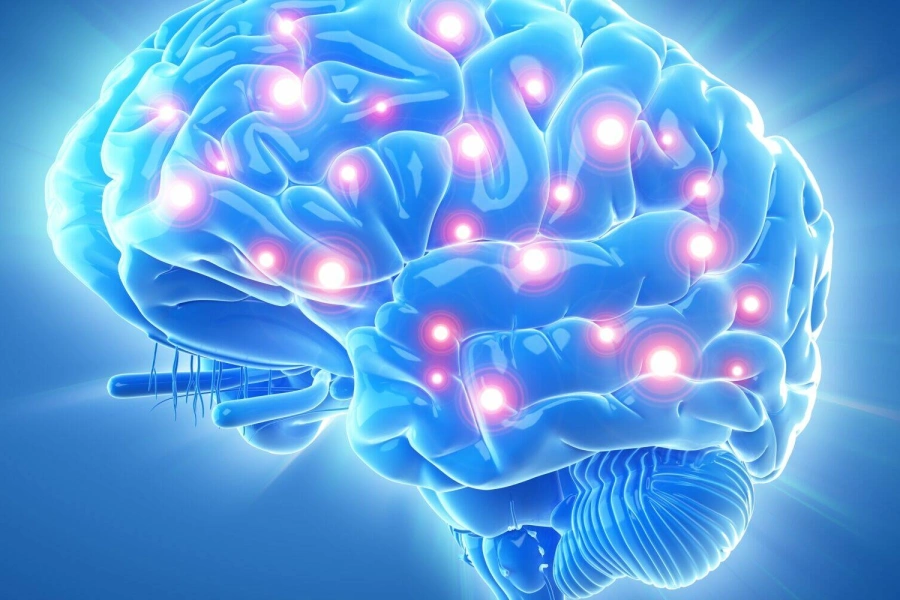Migraine has a significant impact on cognitive and mental health, work productivity, and daily social activities of patients. According to the World Health Organization (WHO), migraine is one of the most disabling conditions. Here are some facts about migraine:
- Migraine affects one in seven people, primarily women.
- Migraine attacks can last from several hours to several days.
- More than five percent of patients suffer from chronic migraine, experiencing symptoms on average 18 days per month.
- Migraine is one of the leading causes of disability among people under 50 years old.
Migraine also has economic consequences. Migraine patients are estimated to miss three to six workdays per year due to migraine and are less productive on days when they work with a headache. The loss due to reduced productivity can amount to four to ten days per year. The economic costs of migraine for Dutch society are estimated at €2.3 to €4.2 billion per year.
Prefer listening to reading? Listen to the podcast with CEO Hubert Martens
Hope for Migraine Patients
Currently, there is still insufficient appropriate help and care available for people with migraine. Salvia BioElectronics aims to change that. The company, located at the High Tech Campus in Eindhoven, is developing a paper-thin implant designed to reduce the intensity and frequency of migraine attacks. Salvia works closely with patients, neurologists, pain specialists, and neurosurgeons to ensure the best possible treatment.
Salvia's bioelectronic therapy operates through neuromodulation, a technique that involves delivering gentle electrical pulses to the nerves involved in migraine. This is similar to how a pacemaker regulates heart rhythms; Salvia's therapy aims to restore the natural balance in the brain.
The implant that Salvia BioElectronics is developing can be placed under the skin using a minimally invasive procedure, close to the nerves that need to be stimulated. This makes the treatment more accessible and potentially more affordable.
Funding for Therapy Development
To develop the technology and therapy concept, Salvia BioElectronics needed (financial) support. In May 2018, the company raised €1.3 million in seed capital through a syndicate led by BOM and Thuja Capital Healthcare Seed Fund II, with participation from other parties such as the Netherlands Enterprise Agency (RVO) and Salvia’s founders and employees.
Albertien Greijdanus, Investment Manager at BOM, states: “In 2017, we first came into contact with Salvia BioElectronics. At that time, there was little more than an innovative idea. Nevertheless, we decided to invest at this early stage, primarily due to the impressive track record of the team and the potentially huge impact their technology could have. There is a clear need for effective treatments for chronic neurological conditions, and Salvia’s innovative concept could provide a solution for patients who currently have limited options.”
Second Financial Injection
In September 2020, Salvia BioElectronics secured additional funding: a Series A round of €26 million, led by Panakès Partners, INKEF Capital, and SHS Gesellschaft für Beteiligungsmanagement, with participation from existing investors such as BOM and Thuja Capital, as well as new investors like Dolby Family Ventures. Salvia also received a €5 million risk-bearing Innovation Credit from RVO.
Hubert Martens, CEO and co-founder of Salvia BioElectronics, says: “As a young company, you are quite vulnerable at the beginning. The outside world needs to believe in your story. BOM came on board very early, and that has been a tremendous help for us. We are proud of the continued support from our investors. This syndicate of renowned investors in medical technology validates our approach.”
International Studies
Currently, Salvia’s international clinical studies are in full swing. The first patients have been using the implant for a year now and have reported promising results. However, further research is needed. Therefore, several additional international studies will be conducted this year and in the coming years to further investigate the therapy's effectiveness.
At Home in Brabant
The team at Salvia BioElectronics now consists of 50 employees with expertise in neuromodulation, clinical research, quality, regulation, R&D, market access, and marketing. The effectiveness and safety of their technology are being studied at various locations across Europe, and the company opened a second office in Sydney in 2023. Product development takes place at their headquarters in Brabant, where Salvia has set up its own cleanroom.
Hubert Martens concludes: “The High Tech Campus in Eindhoven is a fantastic environment for growing companies like ours. We are truly ‘embedded’ in an ecosystem with an incredible amount of knowledge, talent, and network capabilities. We are pleased to have BOM on board because they contribute to boardroom discussions and play an advisory role in the company’s growth. Developing medical devices is a long-term process, and we will need additional financial resources to bring this device to market. That’s why it’s great that we have been working with BOM since the very beginning; it was the start of a financial consortium.”
Want to Know More? In episode 3 of the five-part podcast series by MT/Sprout, "Het Geheim van Brabant" (2023), CEO Hubert Martens explains in just a few minutes how the Salvia technology works and why he believes it is advantageous to be based in Brabant.

